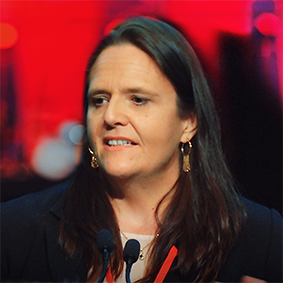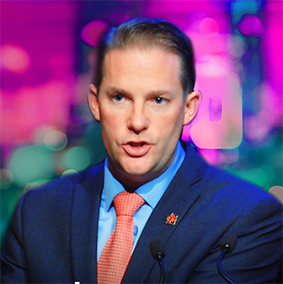ACCESS TALKS: WHY INCLUDE
Italian researcher and inclusive education consultant Dr Simona D’Alessio shares the 40-year-old Italian experience of educating all students in common learning environments. Dr D’Alessio unpacks the ways Inclusive Education delivers better social and academic opportunities and success, socially aware citizens.
Duration: 6 mins
This transcript has been corrected and edited slightly for clarity.
I came here to share with you the experience of Italy, after we made the decision to have all students included in a common learning environment, and what has happened after 40 years, since we made that choice.
So, I really would like to share with you my experience from my country, the people […] the students, the teachers and the parents that we interviewed, 40 years after that decision was made. The benefits of inclusive education […] are certainly manifold and in Italy, we started with the policy of integration. We are now looking at ways in which we can make our integrative system, as inclusive as possible.
So, the benefits are of different levels for different stakeholders. Of course, the most important are the benefits for children with disabilities themselves and as I said before, we have conducted research that shows that the quality of learning for students with disability who are educated in inclusive settings, [are] far better than the quality of learning–both socially and academically–of students who are educated in segregated settings. So, that’s [the] first thing, that benefits children with disabilities and their outcomes, both socially and academically.
The second important benefit is certainly for students without disability, because they become better adults when they grow up with children with disability in the same educational setting, and this is also shown by research that provide[s] evidence where [those] who have been educated with children with disability when they were younger, become adults who are aware of social and attitudinal and economic barriers that need to be removed to allow [their] peers–those classmates with disability–to become active members of society. And of course, we have other benefits at parent level, because parents have shown, in the interviews we conducted, that they are less worried about what [will] happen after they’re not there anymore; after their children become adults and have to enter the workplace or maybe they will be able to enter university, because they have already been within the education setting. And so, they have also […] told us about a reduction in the stigmatisation procedures that were in place when their children were in segregated in special settings.
We have, also, benefits for teachers who have reported becoming better teachers, and I’m talking about classroom teachers. Half today have taught [or] have been teaching to […] children with disabilities, and of course, we have a lot of benefits for society as a whole.
What type of society do we want to develop for the 21st century? If you want a society where values are [inaudible] solidarity, democracy, justice [the] fight against discrimination is the type of society we want, especially in a climate like this one. […] If we want a society that really values what we think, it’s important and we really need to pursue policies of inclusion.
I would like to share with you a couple anecdotes. When I was teaching at university, I was asking my students–university students–their experiences of living with classrooms with students with disabilities. They all reported that they had classmates with a disability when they were at grammar school or elementary school, and they all reported that for them, [it] was absolutely normal to be educated in the same common learning environment.
They also reported that those experience made them better adults. I’m sure that most of them, and this is also [shown in the] research, when they become the architects, engineers, or policy makers of the future, will remember the experience they had with their classmates with disabilities. They will be mostly-aware of the barriers and what needs to be removed to create a more inclusive society. So, it will be normal for them to ensure that building toward the future to have accessibility [inaudible]; that theatres and social places will be fully accessible for all students, because they remember their experiences with kids with disability as good.
Similarly, when I told my students, in one of our lessons, that segregation was a choice for students with disability in most other countries around the world, they couldn’t believe something like that was happening. They thought that was something completely against justice and against the law; this tells us really a lot about society. I’m not saying that it is an easy choice to make. I’m not saying that my students are the best students in the world, but it certainly gives you an idea of the type of support that can be provided when they become the employers or policy maker of the future.
Last updated August 19, 2018
- Learning in an Inclusive Community, Mara Sappon-Shevin [PDF]
“Inclusion is a gift we give ourselves: the gift of knowing that we are all members of the human race and that joy comes in building genuine relationships with a wide range of other people.” In this article, Professor Mara Sapon-Shevin provides ten strategies for creating a positive, inclusive classroom and discusses the importance of inclusive classrooms creating a community which embraces diversity and encourages mutual support. - Evidence of the Link Between Inclusive Education and Social Inclusion: Literature Review. European-agency.org. [opens European-agency.org site]
Examines the link between inclusive education and the social inclusion of people with disabilities.
ALSO IN THIS SECTION:

Why Inclusion? Social Values-Based Theory Dr Carol Quirk CEO Maryland Coalition for Inclusive Education
MORE ACCESS TALKS:
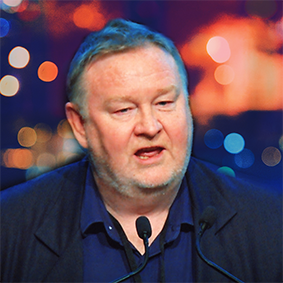
WHAT IS INCLUSION
The promotion, adoption and implementation of inclusive practices, which involves changing policies, practices and attitudes within schools.

TEACHER IMPACT
All classroom teachers have a role in creating schools & learning environments where all children can learn and feel they belong.
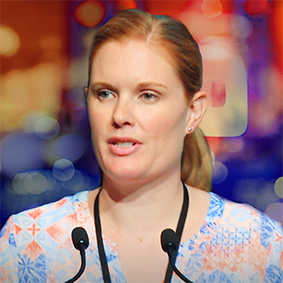
CHANGING MINDSETS
Whole school transformation requires courage, leadership & honest reflection to identify the need for change and set about making it happen.

AUSTRALIAN EXPERIENCE
Exemplar inclusive educational practices are happening in Australia. See the possibility and potential of inclusion here and now.
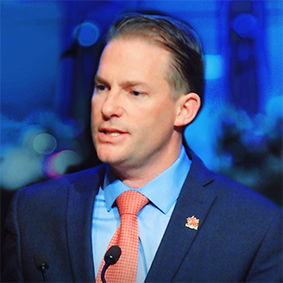
HOW WE INCLUDE
Creating inclusive classrooms & schools starts with vision, policy, systems change, curriculum design and teaching practice.
NOW EXPLORE ACCESS READS

WHAT IS INCLUSION
The promotion, adoption and implementation of inclusive practices, which involves changing policies, practices and attitudes within schools.

HOW WE INCLUDE
Inclusive classrooms and schools embrace universal design as the foundation for cultivating inclusive attitudes and practices.

CHANGING MINDSETS
Bringing about change one mind at a time is integral to improving the lives of people with disability.

AUSTRALIAN EXPERIENCE
Exemplar inclusive educational practices are happening in Australia. See the possibility and potential of Inclusion here and now.

WHY INCLUDE
All children have the right to be included, to be represented in, to have access to and to receive high-quality education and supports.

TEACHER IMPACT
All classroom teachers have a role in creating schools & learning environments where all children can learn and feel they belong.
A FAMILY ADVOCACY INITIATIVE
This site is edited and maintained by the Advocacy and Leadership Development team.
Image attributions: photos supplied and screen shots from Access Symposium videos.

